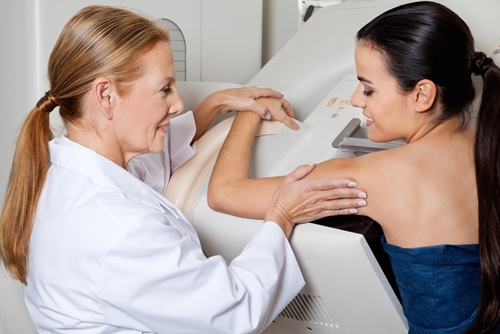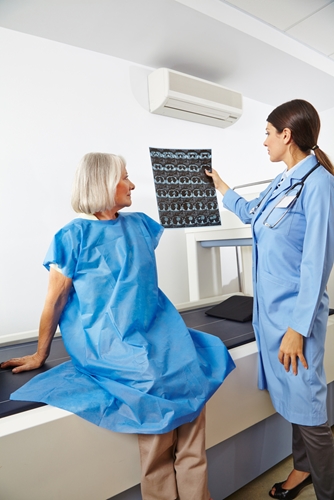Mammograms are noted for their use in detecting breast cancer, a diagnostic process that traces its roots back to the 19th century. Recent evidence suggests that they could have even further utility, specifically in the prevention of a condition that affects many more women: heart disease. While breast cancer takes the lives of more than 40,000 women annually, almost 300,000 are affected by fatal heart attacks or strokes.
This information comes as a surprise to many women. According to the Centers for Disease Control and Prevention, just 54 percent of women are aware that heart disease is their leading cause of death.
According to Dr. Laurie Margolies, an associate professor of radiology, and Dr. Harvey Hecht, a professor of medicine at Mount Sinai's Icahn School of Medicine, the fact that digital mammography can show clear pictures of blood vessels means that it can also indicate which patients are at risk of stroke or heart complications. Margolies and Hecht are building on earlier research, which has shown that calcification in the arteries of the breast is correlated with calcification in other arteries, which could be a sign of imminent heart disease.
That research studied 292 women, using digital mammograms. Half of the women younger than 60 who had breast arterial calcification also had coronary arterial calcification, suggesting a casual link between the two risk factors. Physicians also noted that there were relatively few false positives, a fact that supports this new use of mammograms.
The fact that these tests are capable of indicating arterial hardening is a virtue of their design. While they have traditionally been cancer-focused, there is nothing about mammograms themselves that limit them to that function.
"Historically, when reading mammograms we were taught that we have one job and one job only, and that's to look for cancer," said Margolies, chief of breast imaging at Mount Sinai Hospital's Dubin Breast Center. "But mammography is designed to reveal calcifications in the breast because calcifications can be an early sign of breast cancer."
This new functionality could have a positive impact when it comes to the use of preventative medicine. The earlier a patient is aware of her risk factors, the more easily she is able to mitigate them via lifestyle changes. And because women are already encouraged to get biennial mammograms, they can receive additional information at no cost to them or their providers.
As well, this change could also help different physicians come together to provide higher quality care for their female patients. Spotting and analyzing calcium deposits on a mammogram takes just a matter of seconds, and that information can then easily be passed on to other departments. Armed with more knowledge, clinicians can work to improve patient outcomes, together. One person excited about this prospect is Dr. Stacey Rosen, vice president of women's health at the Katz Institute for Women's Health, who expressed this to the Watertown Daily Times.
"This is also an opportunity to align different clinical groups to really look at women's health needs in total. This presents an opportunity for practitioners to get out of their silos," Rosen said.
While this research is still in its early stages, it could represent a valuable new use for a test that is already common. If it does, it could ultimately prevent disease and help save lives.
For more information on this subject, please contact Viztek today.
Ronny Bachrach
Latest posts by Ronny Bachrach (see all)
- Konica Minolta Debuts First-of-Its-Kind Digital U-Arm System at AHRA - July 27, 2016
- Researchers Detect Signs Of Stroke Risk Using MRI - June 27, 2016
- Imaging Biz: Q&A with David S. Channin MD: How to Make PACS Patient Centered - June 22, 2016










